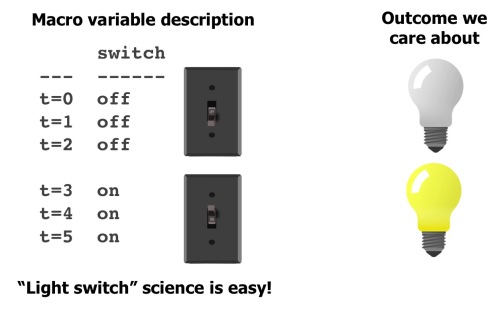In July of this year, NYU Professor of Psychology Gary Marcus argued in the New York Times that AI is stuck, failing to progress towards a more general, human-like intelligence. To liberate AI from it’s current stuckness, he proposed a big science initiative. Covetously referencing the thousands of bodies (employed at) and billions of dollars (lavished on) CERN, he wondered whether we ought to launch a concerted international AI mission.
Perhaps owing to my New York upbringing, I admire Gary’s contrarian instincts. With the press pouring forth a fine slurry of real and imagined progress in machine learning, celebrating any story about AI as a major breakthrough, it’s hard to state the value of a relentless critical voice reminding the community of our remaining shortcomings.
But despite the seductive flash of big science and Gary’s irresistible chutzpah, I don’t buy this particular recommendation. Billion-dollar price tags and frightening head counts are bugs, not features. Big science requires getting those thousands of heads to agree about what questions are worth asking. A useful heuristic that applies here:
The larger an organization, the simpler its elevator pitch needs to be.
Machine learning research doesn’t yet have an agreed-upon elevator pitch. And trying to coerce one prematurely seems like a waste of resources. Dissent and diversity of viewpoints are valuable. Big science mandates overbearing bureaucracy and some amount of groupthink, and sometimes that’s necessary. If, as in physics, an entire field already agrees about what experiments come next and these happen to be thousand-man jobs costing billions of dollars, then so be it
Continue reading “Embracing the Diffusion of AI Research in Yerevan, Armenia”


 Long-term AI safety is an inherently speculative research area, aiming to ensure safety of advanced future systems despite uncertainty about their design or algorithms or objectives. It thus seems particularly important to have different research teams tackle the problems from different perspectives and under different assumptions. While some fraction of the research might not end up being useful, a portfolio approach makes it more likely that at least some of us will be right.
Long-term AI safety is an inherently speculative research area, aiming to ensure safety of advanced future systems despite uncertainty about their design or algorithms or objectives. It thus seems particularly important to have different research teams tackle the problems from different perspectives and under different assumptions. While some fraction of the research might not end up being useful, a portfolio approach makes it more likely that at least some of us will be right.



 On the attack side, adversarial perturbations
On the attack side, adversarial perturbations 